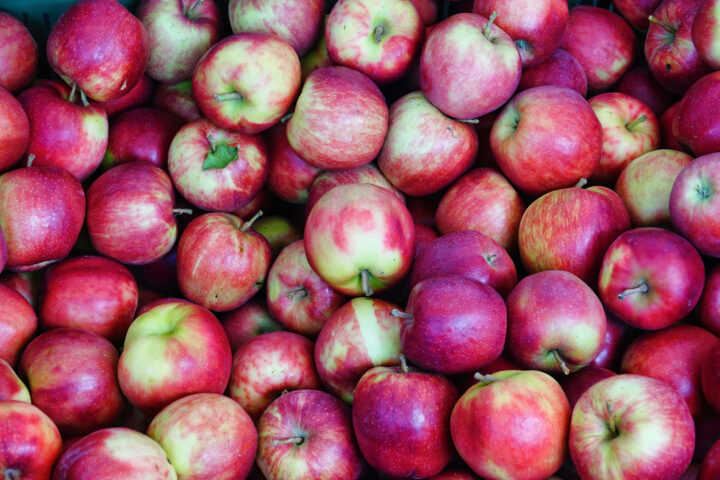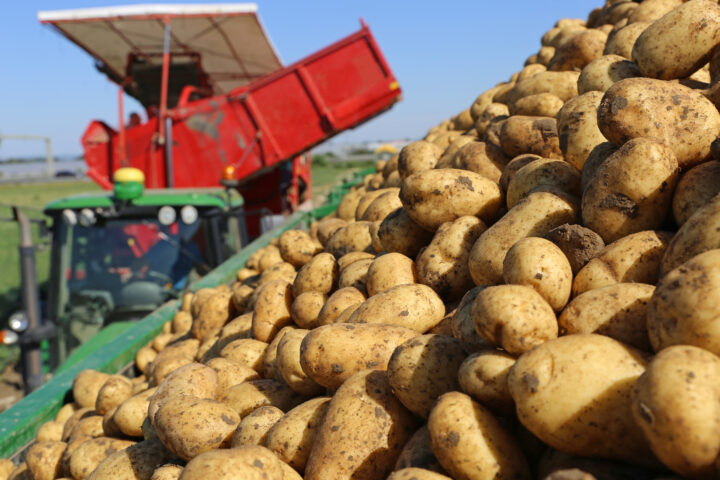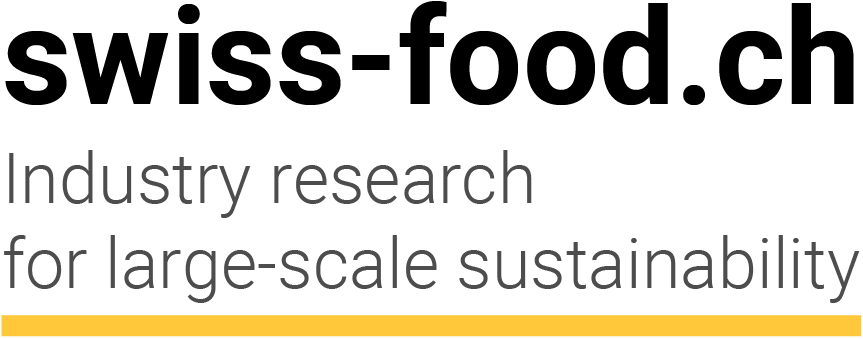
Making vanilla flavoring out of plastic waste
Using bacteria, researchers in Scotland have succeeded in making vanillin out of plastic waste. This opens up the possibility of transforming plastic waste into a product that is in demand all over the world, thereby benefiting both the environment and food producers.
Wednesday, October 27, 2021
Plastic waste is becoming an increasingly serious problem for the environment. It takes several hundred years for polyethylene terephthalate (PET), which is used to make plastic bottles, to completely decompose. So more and more plastic is ending up in the world’s oceans, posing a threat to numerous living creatures. As the Swiss newspaper “20 Minuten” reported, Scottish researchers have found a beneficial way to use plastic waste. They have modified E. coli bacteria to transform the terephthalic acid found in PET into vanillin. Vanillin is the flavoring agent contained in the vanilla bean, and is used primarily in the food and cosmetic industries, but also in the production of herbicides, defoaming agents and detergents. In terms of sheer quantity, vanillin is the most sought-after flavoring in the world.
Megatrend: Resource scarcity, Ecology
The potential of synthetic biology
An experiment showed that the bacteria the researchers had modified in the laboratory transformed 79 percent of the terephthalic acid found in discarded plastic bottles into vanillin. According to the scientists, this substance is suitable for human consumption, although more evidence is still needed. They point out that this method is the first use of a biological system to transform plastic waste materials into a valuable industrial chemical. This highlights the great potential of synthetic biology with respect to sustainability and plastics recycling.
Sources
Recycling agricultural waste materials
The recycling of waste materials is also a topic of discussion in agriculture. Reusing plant waste products makes environmental sense, and is part of resource-efficient production. The Clariant company has developed a process for making biofuels from straw or bagasse (residue from sugar production). The benefits are obvious, as such fuels produce 95 percent fewer greenhouse gas emissions than traditional fossil fuels, and their production does not require burning food crops or appropriating arable land.
Related articles

Science resists ban on GMO crops
The Supreme Court in the Philippines wants to stop the cultivation of genetically modified plants Golden Rice and Bt aubergine (Bacillus thuringiensis). This is anything but well received by the government and the scientific community: The ban could jeopardise the country's food security.

Where the focus lies in apple breeding
The new head of Agroscope's fruit breeding research group is Andrea Patocchi. In an interview with the trade journal Obst + Wein, he explains where the focus of apple breeding lies today.

Chinese robot picks tea
There is a shortage of tea pickers in China. A robot developed by a researcher is set to remedy the situation and take over the work in future. Thanks to artificial intelligence, the machine can even recognise the shoots of the tea plant. The first harvesting robots are also already being developed in Switzerland.

Potato farmers want robust varieties
As the use of crop protection has been massively reduced, the potato industry now wants to focus on more robust varieties. The industry has even concluded a target agreement with the federal government. This is ambitious: By 2040, robust varieties are to grow on 80% of potato cultivation areas.

